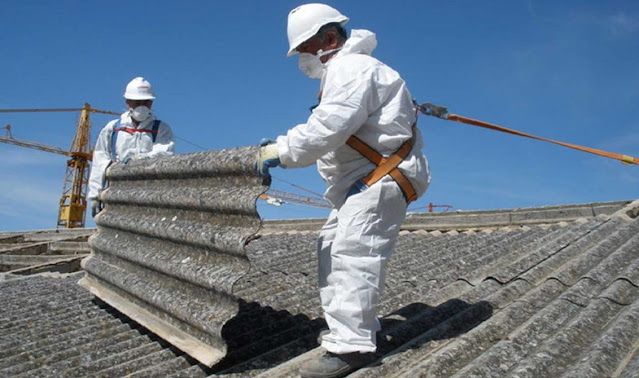Navigating Safety: The Importance of Hazardous Chemicals Audit and Materials Risk Assessment
In today's industrial landscape, ensuring workplace safety is essential. One of the crucial aspects often overlooked is the proper handling of hazardous chemicals audit. To mitigate potential risks, conducting regular hazardous chemicals audits and materials risk assessments is not just a legal obligation but a proactive measure that safeguards both employees and the environment.
- Understanding the Landscape
Before embarking on any safety journey, it's essential to understand the landscape. Identify all chemicals used in your facility and their associated risks with hazardous materials risk assessment. Categorize them based on their properties and potential hazards.
- The Power of Hazardous Chemicals Audit
Regular audits serve as a compass to navigate through safety challenges. Audits involve comprehensive inspections of chemical storage, handling procedures, and emergency protocols. They ensure that safety protocols are up-to-date and effectively communicated to all employees.
- Unveiling the Unknown through Risk Assessment
Materials risk assessment delves deeper into potential dangers. It evaluates factors such as toxicity, flammability, reactivity, and exposure levels. This assessment unveils previously unknown risks and enables informed decision-making regarding storage, handling, and disposal.
- Prioritizing Prevention
Prevention is the cornerstone of workplace safety. By identifying and assessing risks, you can proactively implement measures to prevent accidents. These may include improved ventilation, better personal protective equipment (PPE), or altering storage methods.
- Compliance and Legal Imperatives
Compliance with safety regulations is non-negotiable. Hazardous chemicals audits and risk assessments not only ensure compliance with local and international laws but also demonstrate your commitment to ethical practices and employee welfare.
- Preserving the Environment
Safety extends beyond human well-being. Proper hazardous material management prevents chemical leaks, spills, and contamination of soil and water sources. This environmental stewardship is an integral part of sustainable business practices.
Navigating safety requires a proactive stance—one that embraces audits and assessments as indispensable tools on the path to a secure and thriving workplace.



Comments
Post a Comment